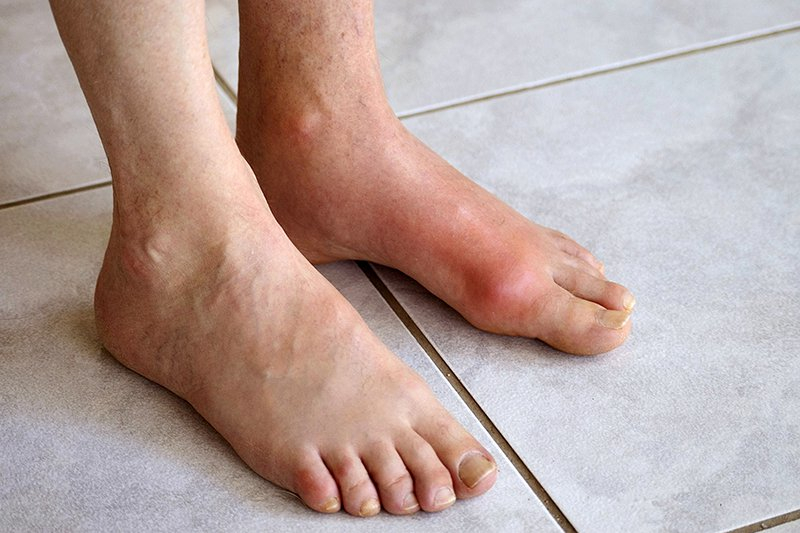Stiff and swollen joints
Joint stiffness makes it challenging to move them, and it typically affects the proximal knuckles, fingers, wrists, elbows, knees, ankles, and feet (both sides). Any subject can experience this phenomenon, and the first moderate stiffness of the joints has little impact on motor performance. The patient may lose the ability to move the injured limb if the symptoms worsen over time.
After the patient performs flexion and stretching actions, the joints will be easier to move or will feel practically normal. Stiffness frequently happens in the morning after waking up or after a protracted immobilization posture. Signs of stiff joints are often accompanied by joint pain, which can make it difficult to live and perform tasks that require movement of the joints. In the long term, this condition is indicative of joint damage, reduced mobility, and possibly disability. Therefore, understanding this condition is very necessary for patients to go to the doctor early, detect arthritis if any, and promptly treat and prevent possible pathological complications.







